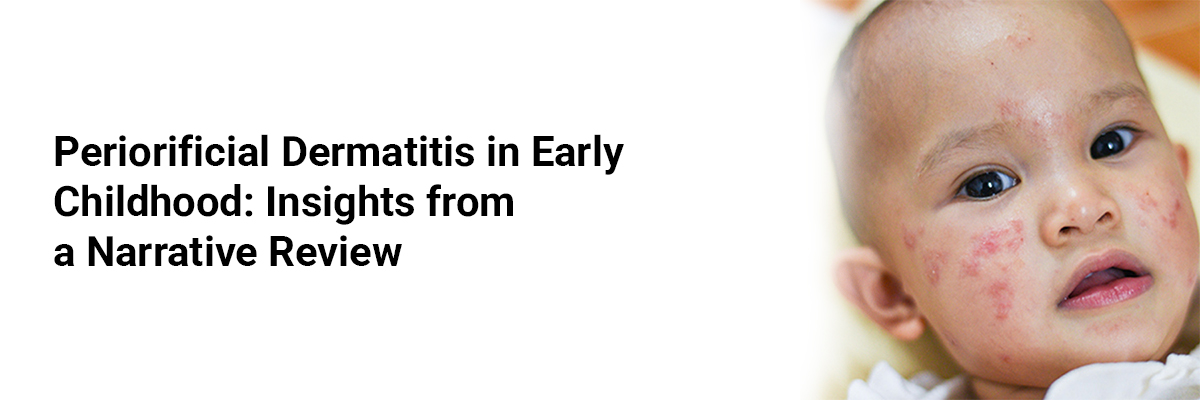
Periorificial Dermatitis in Early Childhood: Insights from a Narrative Review
Periorificial dermatitis (POD) is a papular, chronic inflammatory skin disease most commonly seen in women between the ages of 20 and 40. The main condition it was often mistaken for was persistent acne. POD occurred less frequently in children and was rare in infants and preschoolers.
A narrative review was conducted focusing on POD in children aged six years and younger. The diagnosis was made clinically. The disease typically presented as uniform red papules that spared a 1–2 mm clear zone around the lips. The skin around the nose, nostrils, and eyelids could also be affected, while involvement beyond the face was uncommon. The granulomatous form of POD was more common in young children compared to adults.
In children, essential conditions to differentiate from POD included atopic and seborrheic dermatitis, pediatric rosacea, juvenile acne, and cutaneous sarcoidosis. Mild cases of adult POD were often treated with topical macrolides, azelaic acid, and calcineurin inhibitors, while more severe cases required oral tetracyclines.
However, tetracyclines were avoided in infants and preschoolers due to the risk of affecting bone calcification and causing permanent tooth discoloration. There were no randomized controlled trials available for POD treatment in this young age group. The most commonly used treatments included topical metronidazole or erythromycin, as well as oral erythromycin. New treatment options, such as JAK inhibitors, were being explored.
(Source: Eur J Pediatr 184, 143 (2025). https://doi.org/10.1007/s00431-025-05975-3)













Please login to comment on this article